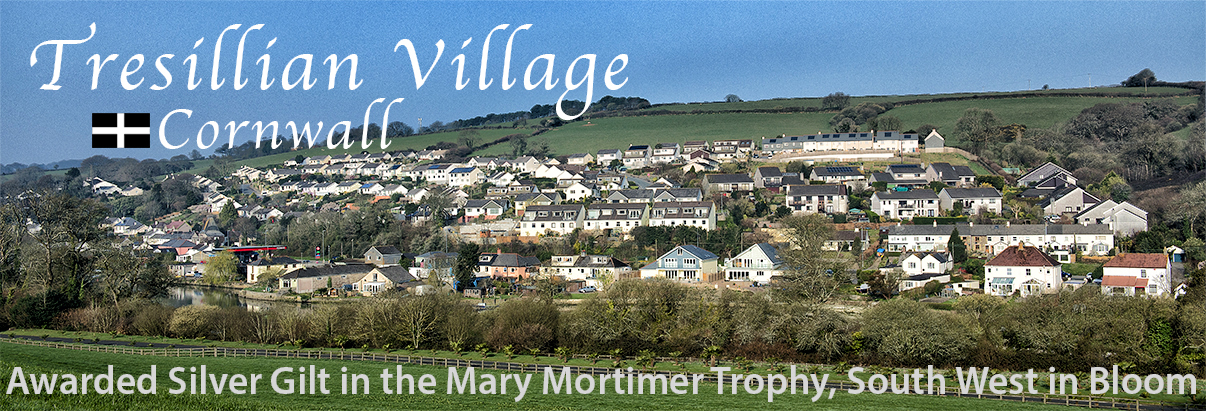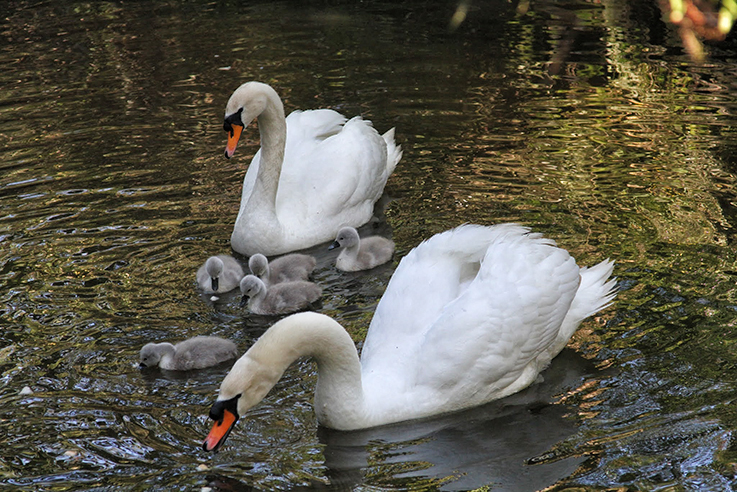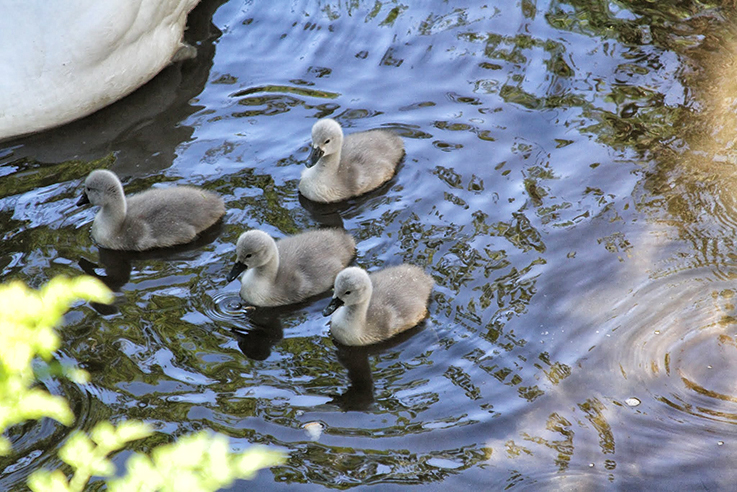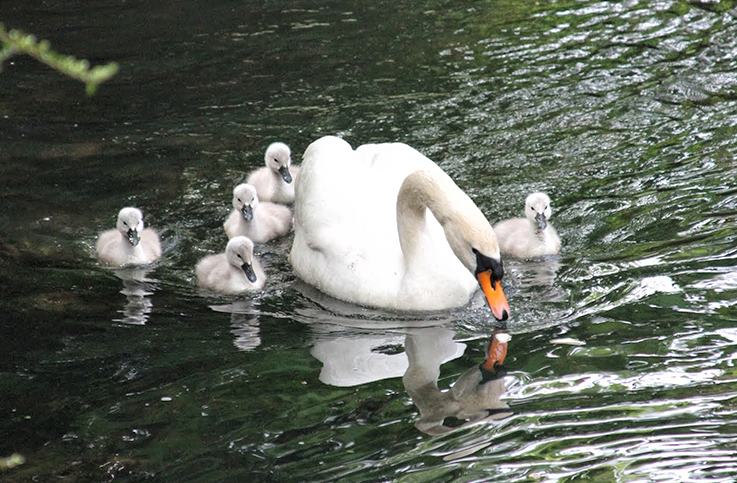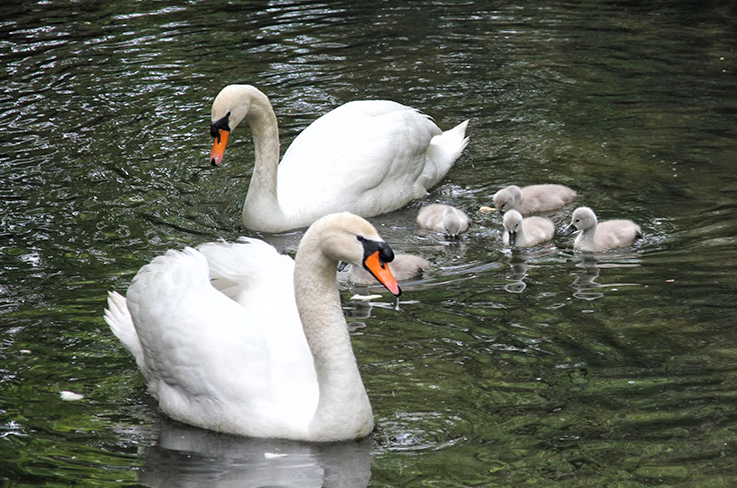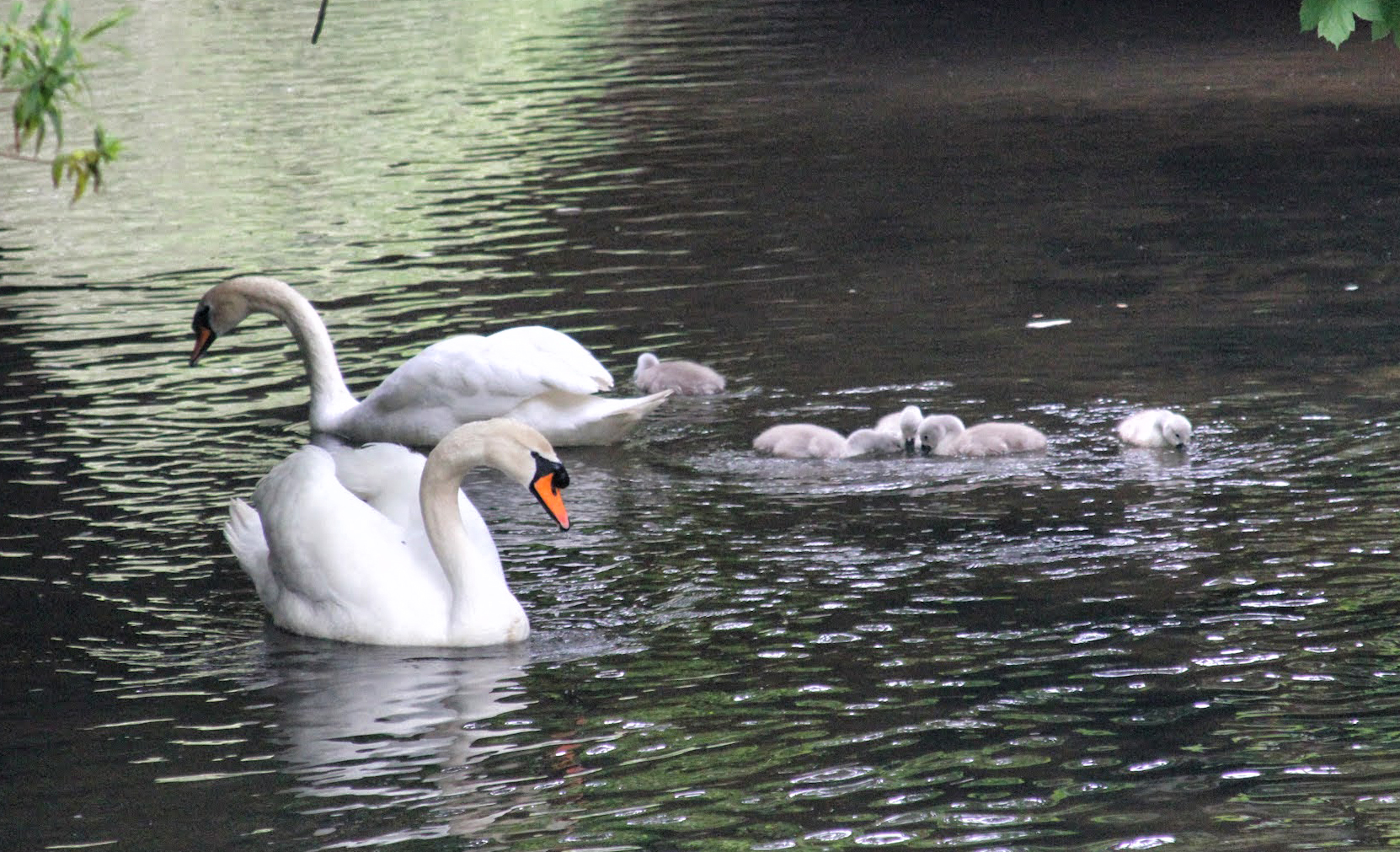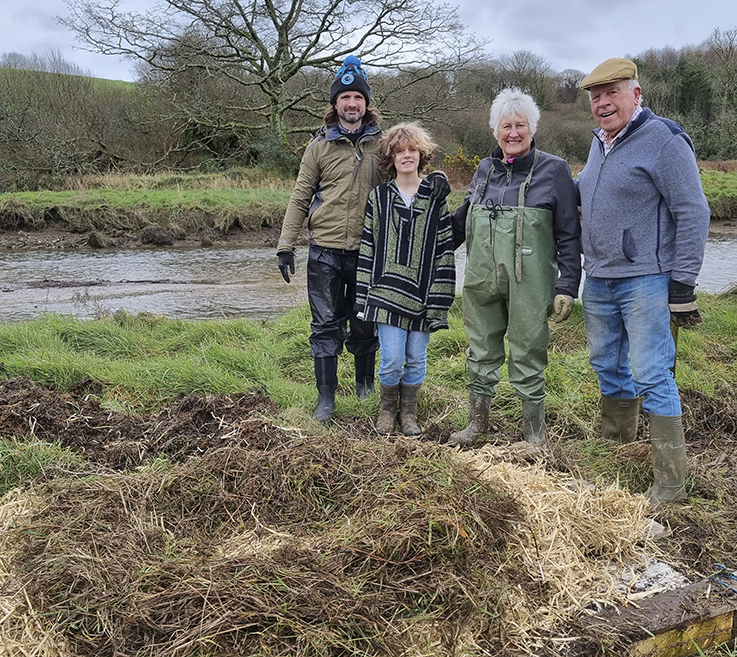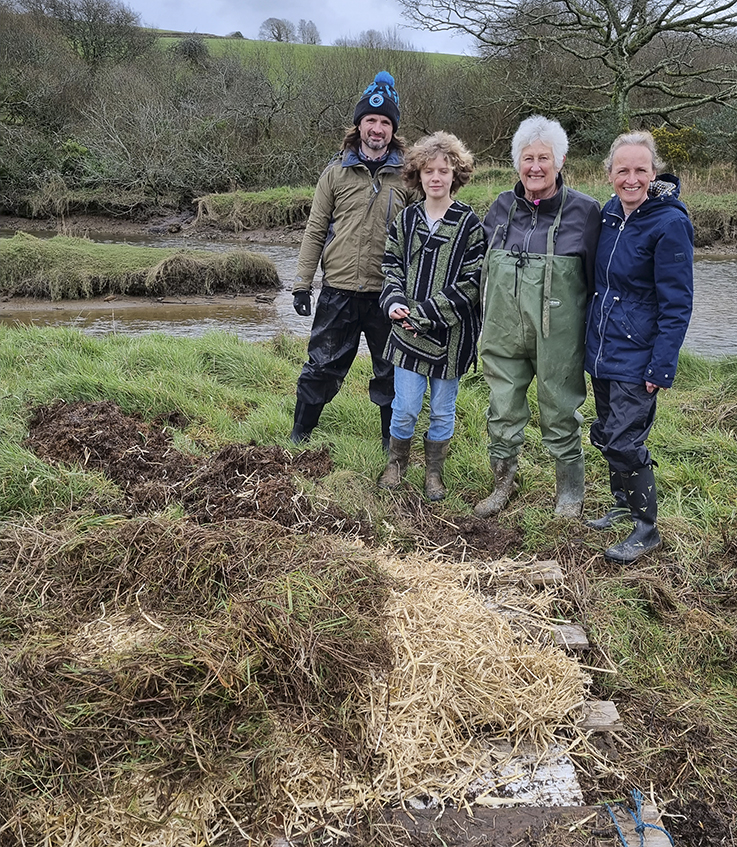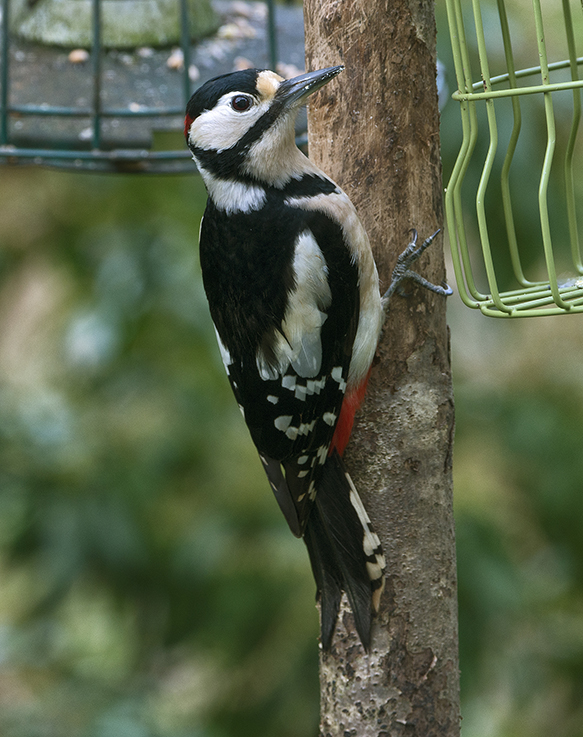May 2022 – This Year’s Successful New Family of Swans
All of these beautiful photos were taken by Fred Taylor during May 2022, on the Tresillian River behind his home at The Old Post Office.
All Photos: © Fred Taylor.
Record Cuckoo Spit
Help stop the spread of xylella transmitted by froghoppers. Record sightings at www.spittlebugssurvey.co.uk.
Bugs Matter Survey
Take part in this years survey to monitor the UK’s insect populations. Record the amount of insects squashed on the number plate of your car using a ‘splashometer’ grid. To take part in this year’s survey (June 1st to August 31st), download the Bugs Matter app. www.buglife.org.uk
May 2022 – Wild Flowers and Plants Found in the Environment Surrounding Tresillian Village
The following is a selection of plants seen growing in and around Tresillian.
Red Campion – Silene dioica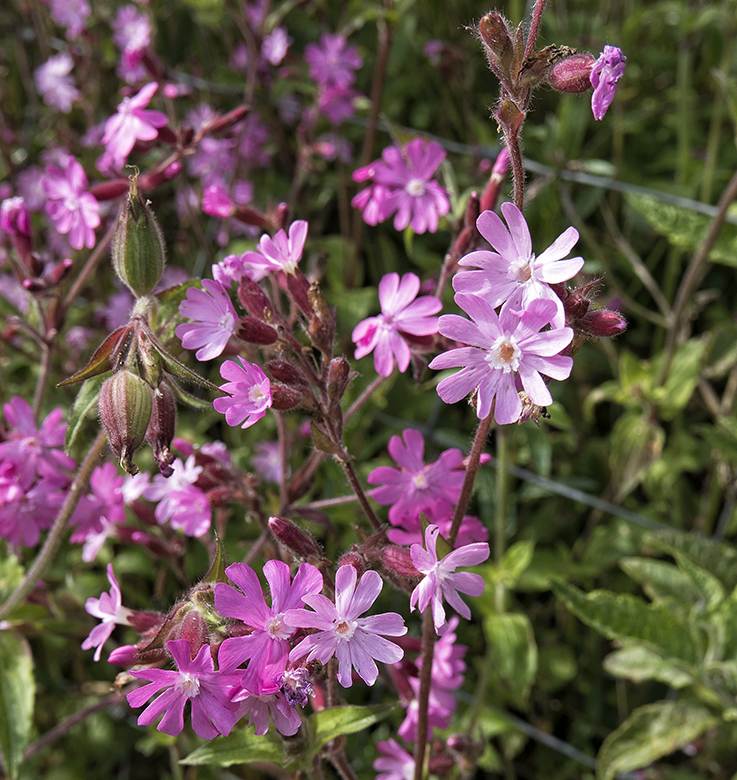
Photo: © Keith Littlejohns
Red Campion is a perennial or biennial plant bearing bright pink flowers on reddish/brown stems. Leaves and stems carry fine hairs, with leaves appearing in opposite pairs. Red campion is dioecious, meaning the male and female flowers grow on separate plants.
Red Campion prefers lightly shaded areas in woodland edges and along field hedgerows and roadside verges.
An important to pollinating insects, particularly bees, butterflies and hoverflies.
Medicinally, folk medicines used red campion seeds to treat snakebites.
In the Anglican Church, red campion is associated with Saint James as it flowers around his feast day.
Ox-Eye Daisy – Leucanthemum vulgare (synonym – Chrysanthemum leucanthemum)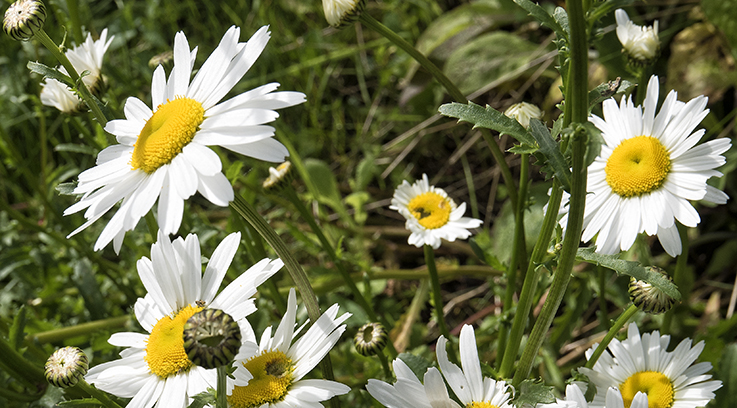
Photo: © Keith Littlejohns
Leucanthemum vulgare is a rhizomatous herbaceous perennial with dark green spoon-shaped leaves and solitary white, daisy-like flowerheads with yellow disk florets, commonly seen in late spring and early summer. Often used in wildflower plantings.
Full height 0.5-1.0m, full spread 0.1-0.5m, can take 5 to 10 years. Prefers full sun or partial shade, tolerates a wide range of soils but is happiest with moist well drained soil. RHS Hardiness H7.
Foxglove – Digitalis purpurea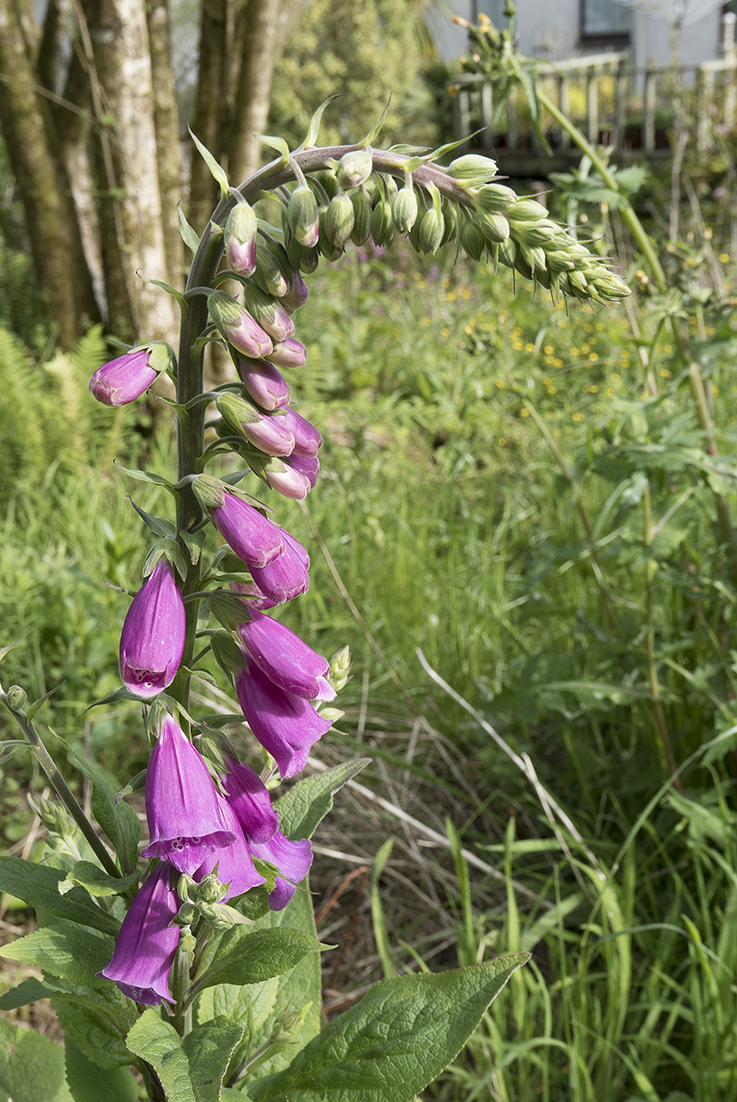
Photo: © Keith Littlejohns
Foxgloves are biennial or perennial and flower from June to September. The species can be found across the UK and grows particularly well in acidic soil. Often seen on woodland edges, roadside verges, heathland and in gardens and hedgerows.
Its single stem can grow up to 2m tall with clusters of long-bell like purple-pink flowers that are a valuable source of nectar for bees. The species has evolved to be especially attractive to long-tongued bees such as the common carder bee.
Although being seriously poisonous to humans if consumed directly, the foxglove contains a chemical called digitalis that can be used to treat heart failure and high blood pressure by raising blood flow and increasing the body’s defence mechanisms.
Creeping Buttercup – Ranunculus repens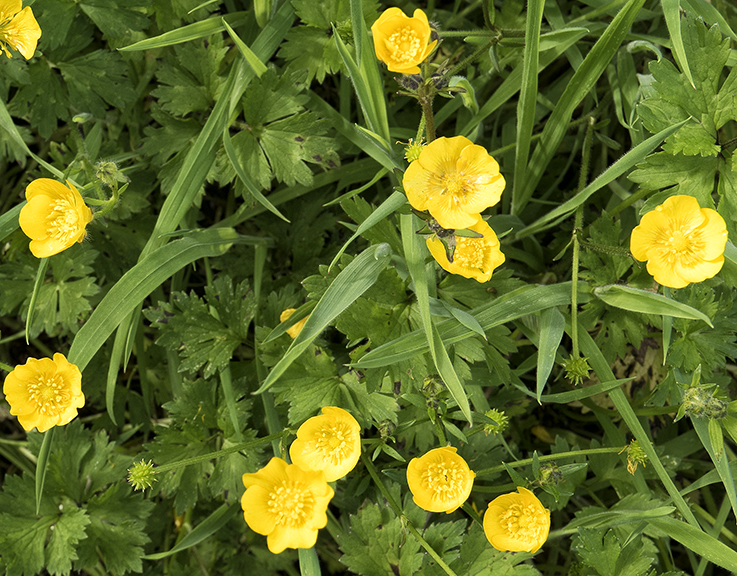
Photo: © Keith Littlejohns
Creeping buttercup has glossy, bright yellow cup-shaped flowers which readily attract pollinating insects. It is commonly found in gardens, thriving particularly on wet soils. Often considered a common perennial weed, it is a real spreader if left unchecked and can form a dense network of shoots, runners and roots.
Preferring clay soils it is chiefly found in moist grassland, marshes and in areas of woodland.
Flowering from May to August it attracts beetles, flies and bees, including honey bees. However, the foliage is poisonous to livestock as the sap contains protoanemonin but grazing animals usually avoid buttercups due to the foliage’s acrid taste.
Spear Thistle – Cirsium vulgare (Synonyms – Cirsium lanceolatum, Carduus lanceolatus)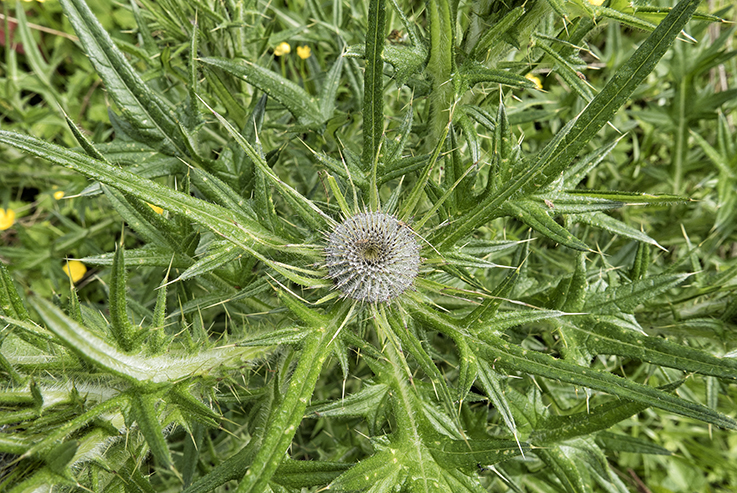
Photo: © Keith Littlejohns
A tall biennial that rises to a metre or more in height, the spear thistle bears spiny stems and pinnately lobed, pointed leaves. Purple tinged thistle flowers bloom singly or in clusters from midsummer through to early autumn.
Naturally occurs in grassland and disturbed ground. This image is at a very early stage in the plant’s development.
(Water) Forget-Me-Not – Myosotis scorpioides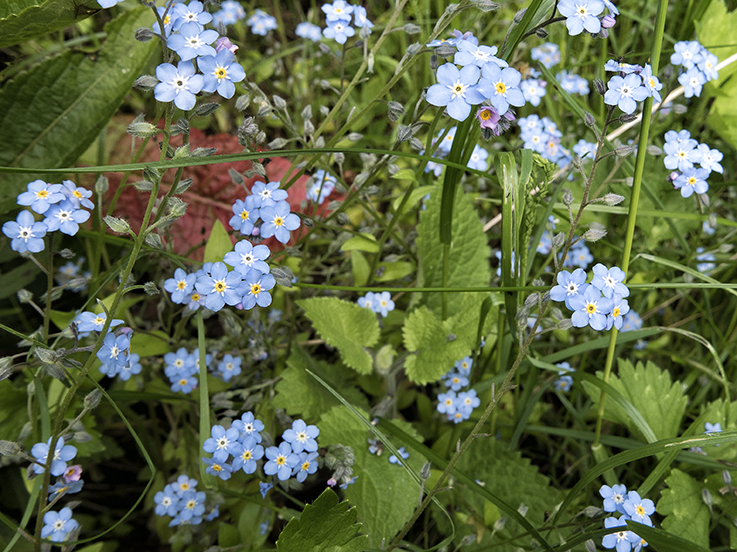
Photo: © Keith Littlejohns
Myosotis scorpioides, in the borage family, is native to Europe and Asia, but has been widely distributed to other regions. Unlike garden forget-me-nots, which tend to be biennial, water forget-me-not, Myosotis scorpioides, is reliably perennial and gradually expands, without being invasive, into large clumps that benefit from division every few years.
It has various slightly different forms depending on whether it grows below or above the water line. It’s an essential ingredient of plantings in natural ponds, or at the waterside to hide the edge of the liner and soften the outline, and is equally happy planted in a basket or direct in the soil in shallow water. It provides shelter for aquatic larvae such as tadpoles, and newts lay their eggs individually in the leaves.
Its common natural habitat is damp soil or bogs, ponds, streams and ditches. Prefers full sun or partial shade. The small, 8-12mm, pale blue flowers with a yellow eye appear in mid-spring on tall thin stems and can last for several months. Height can be up to 1m, with a spread of 1.5m if allowed to fully mature.
Abundant pollinators find its flowers very attractive and are frequent visitors.
English Bluebell – Hyacinthoides non-scripta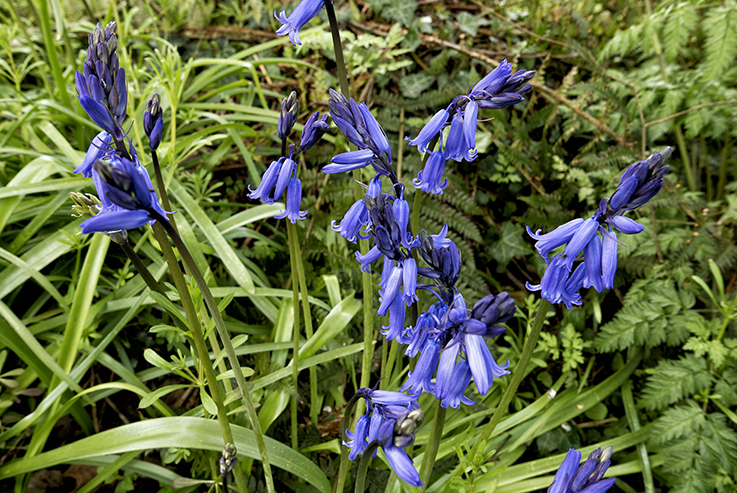
Photo: © Keith Littlejohns
Bluebells are native to western Europe with the UK being a species stronghold. They’re associated with ancient woodland and are often used in combination with other species as a clue that a wood is ancient. They reach their greatest densities in the UK’s woods where many thousands of bulbs can exist in one woodland, creating the incredible blue carpets we fondly associate with spring. They also grow along hedgerows and in fields.
The English bluebell should not be confused with Spanish bluebell (Hyacinthoides hispanica), which is very similar in appearance to the English bluebell. However, Spanish bluebells are lighter in colour and grow upright, with the flowers all around the stem, not drooping to one side like the English bluebell. Hybrid bluebell (Hyacinthoides x massartiana) is a mix of the English and Spanish bluebell. It is often very similar in appearance to our native bluebell, but might threaten its existence by out-competing it and diluting the gene pool.
Many insects reap the benefits of bluebells which flower earlier than many other plants. Woodland butterflies, bees and hoverflies all feed on their nectar. Bees can ‘steal’ the nectar from bluebells by biting a hole in the bottom of the flower, reaching the nectar without the need to pollinate the flower
In the language of flowers, the bluebell is a symbol of humility, constancy, gratitude and everlasting love. It is said that if you turn a bluebell flower inside-out without tearing it, you will win the one you love, and if you wear a wreath of bluebells you will only be able to speak the truth.
Bluebells have been used for a variety of different things throughout history, not just for ornamental purposes. Their sticky sap was once used to bind the pages of books and glue the feathers onto arrows, and during the Elizabethan period, their bulbs were crushed to make starch for the ruffs of collars and sleeves. Due to their toxicity, there has been little use for bluebells in modern medicine. However, their bulbs have diuretic (increases urination) and styptic (helps to stop bleeding) properties, and research on how these flowers could potentially help fight cancer is ongoing.
The bluebell is protected under the Wildlife and Countryside Act (1981). This means digging up the plant or bulb in the countryside is prohibited and landowners are prohibited from removing bluebells from their land to sell. The species was also listed on Schedule 8 of the Act in 1998, which makes trading in wild bluebell bulbs and seeds an offence. This legislation was designed to protect bluebell from unscrupulous bulb collectors who supply garden centres.
March 2022 – Getting Ready For Swans Nesting on Tresillian River
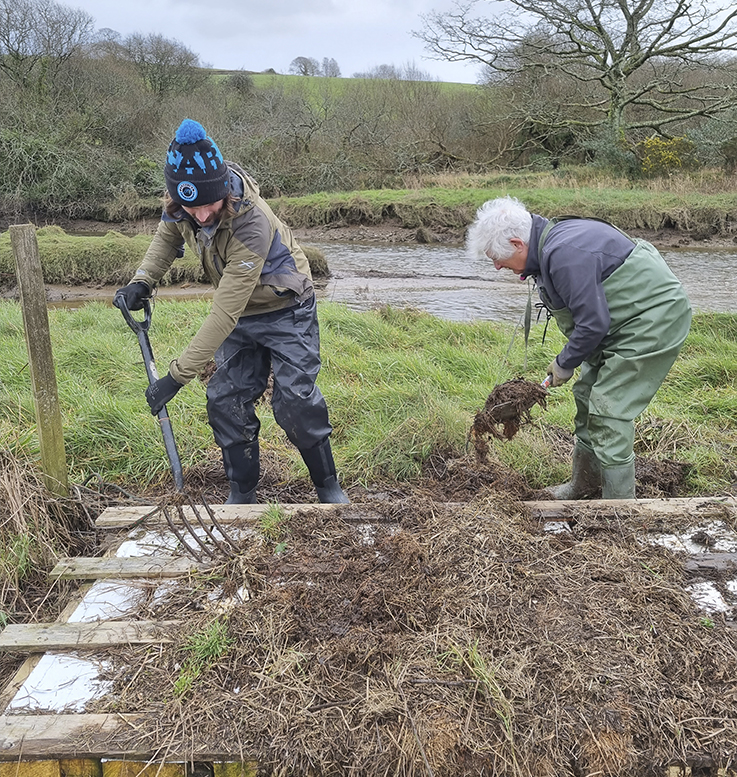 Dan and Linda adding turf to raft.
Dan and Linda adding turf to raft.
Spring is just around the corner and the Tresillian swans are starting to construct their nest. When the residents noticed the activity we sprung in action keen to make sure their nest and precious eggs have the best chance of survival.
Wading into the river, trying to avoid sinking in the mud we took over a fresh bale of hay to their nesting island. Years ago a nesting site had been constructed for the swans consisting of a large insulated palette which is tethered to four posts. This nesting site has the advantage of floating so in the very high Spring tides the nest and the swans eggs are safe from being washed away.
After checking the ropes were free from weed and the palette able to lift we added a layer of straw and retreated to observe from a distance. It wasn’t long before they were in action and busy housekeeping their new pad!
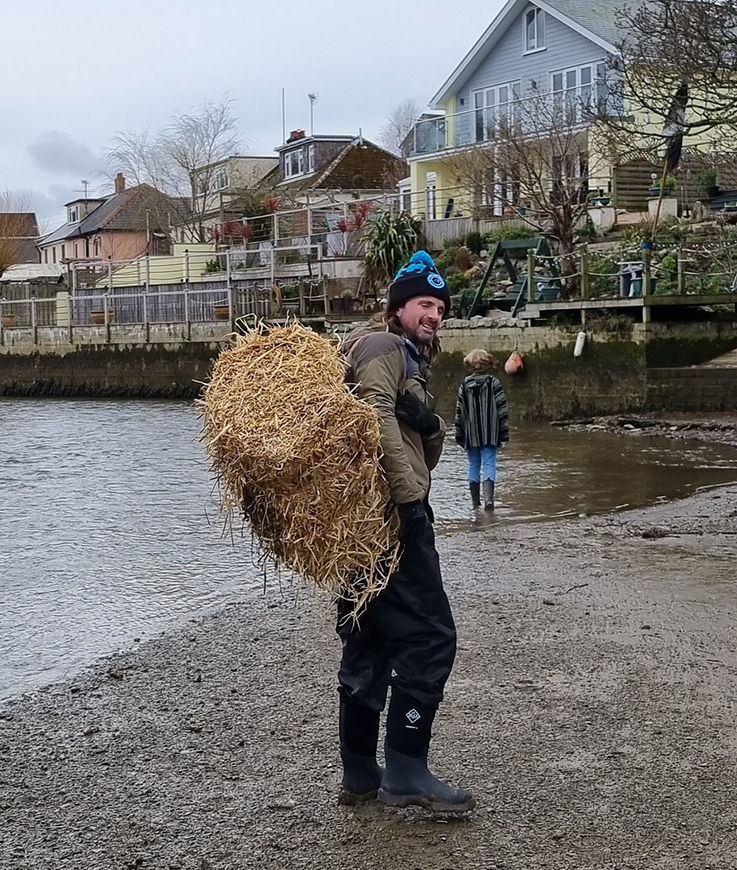 Dan retreating back home leaving the raft for the swans to make it their home.
Dan retreating back home leaving the raft for the swans to make it their home.
Photo’s and copy courtesy of : Philip, Linda, Donna, Dan, Marcy and Elodie
February 2022 – Great Spotted Woodpecker
The Great Spotted Woodpecker, Dendrocopos major. The rhythmic knocking of a great spotted woodpecker’s beak on a tree trunk is a familiar sound in woodlands, parks and gardens.
This photo is of an adult male, which is identifiable by the red patch on the nape whereas young males have a red crown, females do not have any red colouring on their head. It is estimated that there are roughly 35,000 to 40,000 pairs nesting in Britain.
Length: 21-23cm; Wingspan: 36cm; Weight: 85g.
Average lifespan: 2 years. Can be seen all year round.
Woodpeckers nest by crafting a chamber in a tree trunk by chiselling with its beak to make a suitably large enough void to raise young. They often choose an already established depression or shallow hole to start the process of deepening it.
Breeding typically begins around mid-April, and the incubation period runs between 10 to 16 days, during which time both male and females contribute.
Feeding woodpeckers prefer to visit a tree with some dead wood so that they can find colonies of grubs and insects in the decaying bark or wood to eat. They have a long sticky probing tongue to grab the small creatures. However, during autumn and winter they generally eat berries and nuts, including peanuts from garden bird feeders.
Woodpeckers are relatively common in most areas of the UK, except for northerly regions of Scotland and are almost totally absent from the island of Ireland apart from a few recent colonies in the far eastern side.
The Great Spotted Woodpecker is on the Green List, the least critical group.
